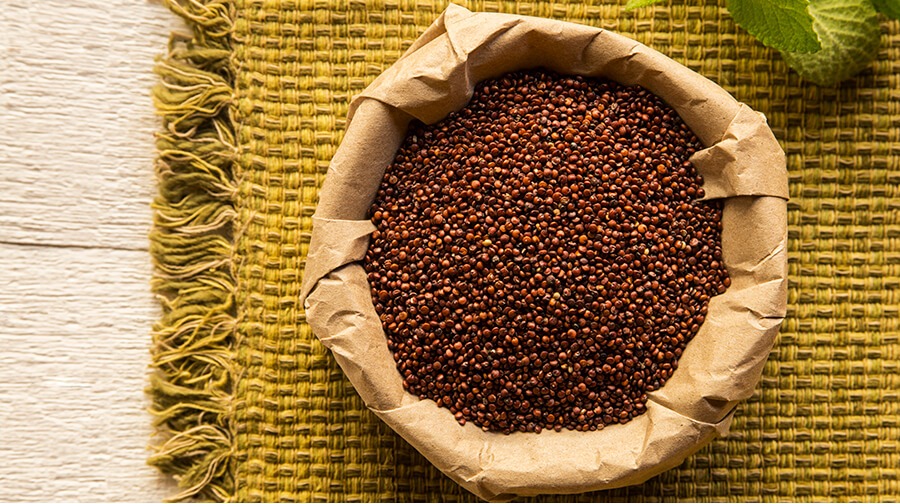Know the Andean grain cañihua, millenary heritage
Síguenos en:Google News
Although it is not known for certain when cañihua began to be cultivated, there are several historians who connect it with the Tiahuanaco culture. The oldest reference to this grain is found in Descripción y Relación de la Ciudad de La Paz ("Description and Relationship of the City of La Paz", 1586) by Diego Cabeza, which states that it was part of the diet of the Urus, an indigenous community living south of Lake Titicaca.
Cañihua is grown between 11,480 and 13,780 feet above sea level. It is resistant to low temperatures; it can germinate at 41°F and bloom at 50°F. The seeds mature at 59°F, but the grain can also grow in partially warm environments, if the required moisture levels are present. It is produced in the largest quantities north of Lake Titicaca, Huancavelica, Huancayo, Cusco and Puno; in the agro-ecological zones of Suni and Puna, in the Altiplano region and the highlands of Cochabamba, Bolivia.
A powerful grain
With the scientific name of Chenopodium pallidicaule, cañihua is considered a superfood due to its high nutritional value. It contains twice as much protein as wheat, rice or oats. Its inclusion is recommended in the diet of children and older adults due to the excellent quality of proteins and minerals it provides.
The following are some of the benefits offered by its consumption:
It contributes to the proper functioning of the body. This is because it is rich in minerals such as iron, calcium and phosphorus. Calcium strengthens bones and helps regenerate tissues, while iron helps oxygenate the blood and prevent anemia. Phosphorus acts as an energy producer and reservoir, as well as other functions.
It fights heart disease. Its unsaturated fat content helps eliminate bad cholesterol in the blood, the main cause of cardiovascular diseases such as high blood pressure.
It helps prevent some types of cancer. JAMA Internal Medicine published a study in which it affirms that cañihua consumption helps reduce the occurrence of some cancers. This is due to its high content of flavonoids, which have an antioxidant effect that eliminates free radicals that damage healthy cells.
It regulates bowel function. Thanks to its high fiber content, it helps to improve digestion. Since its consumption accelerates movement in the intestines, any gastric disorder can be prevented.
It helps with weight loss. It has unsaturated fats that are low in calories (100 grams = 160 calories). Moreover, thanks to its high fiber content, it makes you feel full for longer, helping to prevent overeating.
It strengthens the immune system. Cañihua contains lysine, an amino acid that participates in processes such as the production of hormones, enzymes and antibodies, strengthening the immune system to prevent flu and other viral diseases.
Did you know?
- According to Peru’s National Institute of Agrarian Innovation (INIA), there are 334 types of cañihua in the country.
- Cañihua leaves are edible and very nutritious. It contains up to 30% protein in dry weight.
- In August 2018, schoolchildren from Puno presented the product Cañihua Puffs with Liver, with the idea of fighting anemia in children in the region.
Sources: Minagri/ Indecopi/ FAO/ RPP/ Andina/ La República/ delperu.org/ aminoácidos-esenciales.com







